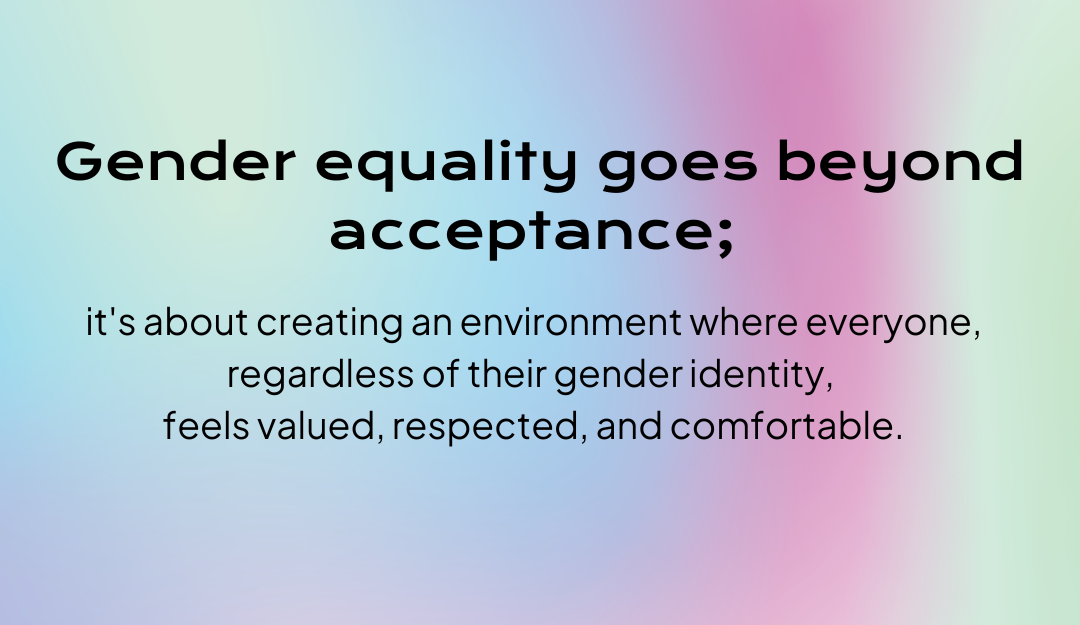
Trans Awareness – Promoting Proactive Inclusion
Trans Awareness Week
So it’s Trans Awareness Week this week, and International Men’s Day on the 19th of November.
I talked about the importance of International Men’s Day a few months ago and encouraged more people and organisations to recognise this day.
So, in deciding my focus for my blog this week, I’ve decided to focus on Trans Awareness.
Gender equality goes beyond just acceptance; it’s about creating an environment where everyone, regardless of their gender identity, feels valued, respected, and comfortable.
Often, we see organisations making accommodations only when a trans person joins the team. While these adjustments are crucial, we should strive to change the system before someone of a different background arrives.
This proactive approach is a powerful demonstration of our commitment to fostering a diverse and inclusive workplace.
By taking these steps in advance, we can ensure that our workplaces welcome all individuals, regardless of their gender identity, from day one.
It’s about challenging norms and stereotypes, reevaluating policies, and creating a culture that supports everyone, regardless of where they fall on the gender spectrum.
Here are a few ways we can promote proactive inclusion:
Training and Education: Invest in training and educational programs that raise awareness about different gender identities and experiences. This will help to dispel misconceptions and create a more informed and empathetic workforce. Done well, these programs occur irrespective of how many employees identify this way. Done badly, they can come across as “Riley uses they/them pronouns, so now we need to do this training.”
Policy Review: Regularly review and update your workplace policies to ensure they are inclusive and sensitive to the needs of all genders. Ensure that gender-neutral language is used and that accommodations are readily available. Done well, you are engaging expertise in this area (remember “nothing about us, with us”). Done badly, you are relying solely on the cisgender voices that you already hear a lot from.
Listening and Feedback: Create a platform where employees can provide feedback and raise concerns about gender-related issues. This feedback should be actively used to make necessary improvements. Done well, it should incorporate respectful conversations and inclusive decision-making. Done badly, it can become a fight about who’s concerns matter more.
Visibility and Representation: Encourage trans individuals to share their stories and experiences, fostering greater understanding among employees. Done well, you pay for a speaker who wants to speak on this topic and share their experience. Done badly, you coerce the trans person in the team to speak on behalf of their community (when they perhaps don’t want to).
Let’s seek to build workplaces that are not only welcoming but also proactive in their efforts to embrace all gender identities.
By making these changes beforehand, we can pave the way for a more inclusive, equitable, and diverse future.




